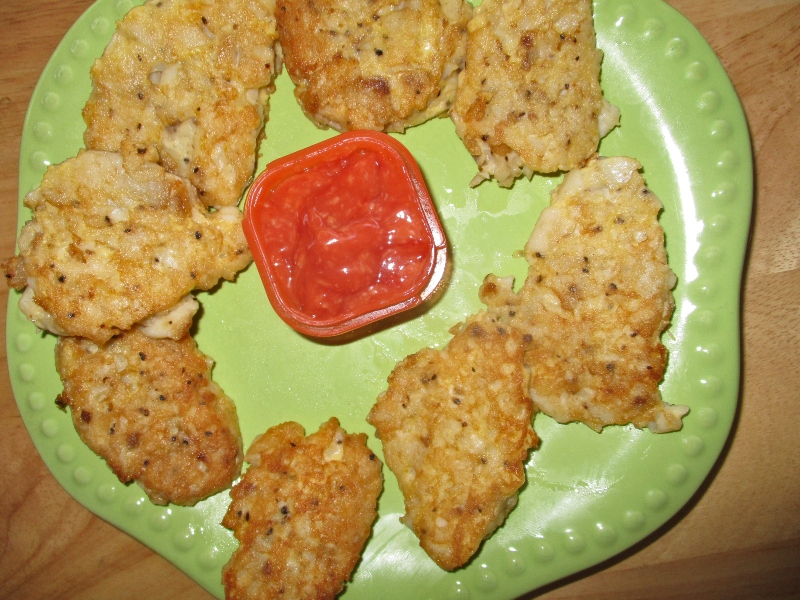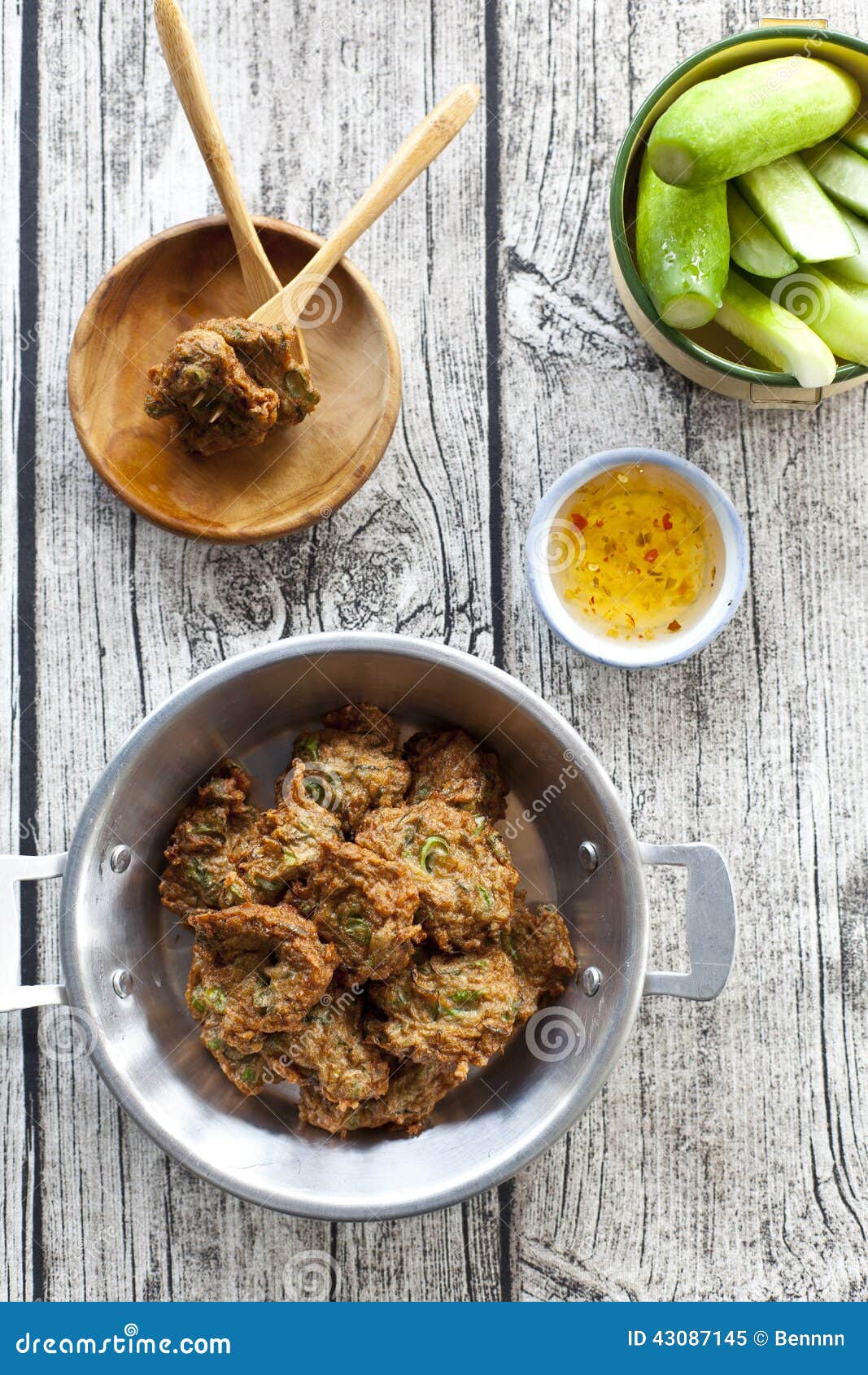

Read more about it on fun tour at the Suzuhiro Kamaboko Museum in Odawara. When frying oil is ready, dip each frozen fish ball in tempura batter and gently drop into oil to fry. National Kamaboko Day falls on November 15th, a nod to the earliest known illustration of kamaboko served at a celebratory feast for the Minister of the Right in 1115. As it resembled the head of a cattail (gama no ho 蒲の穂) and a sword (hoko 鉾), it was called “kabahoko,” which later evolved into “kamaboko.” Initially, it was ground fish meat wrapped around a bamboo stick and chargrilled. Form the mixture into 20 2 to 3 fish cakes and place each onto into the panko mixture, patting gently and flipping to coat all sides. The history goes back to the Heian period (8th century). Meanwhile, add the mashed potatoes, sour cream, salt, pepper, chives, and eggs to a large bowl. It tastes similar to imitation crab meat (kanikama カニカマ), which consists of surimi. It has a mild and sweet taste and does not taste fishy. It is low in calories and fat but high in sodium. Place the fish mixture, mashed potatoes, mustard and green onion in a large bowl. In a food processor combine the fish, salt, pepper, and egg. The production process involves mixing different white fish types, pulverizing the meat into a gelatinous paste, and seasoning the mixture with salt, flour, sake, and egg whites before steaming or grilling. Once cooked, drain and mash (enough to make 10 ounces).

The Japanese eat it as is, as a topping to noodle dishes or hot pots, or as a protein in stir-fries and salads. It comes in various shapes, forms, textures, and regional specialties. Surimi may contain a blend of cod, Golden threadfin bream, gnomefish, grunt fish, lizardfish, and Japanese bluefish. Kamaboko is Japanese fish cake consisting of surimi paste (white fish).


 0 kommentar(er)
0 kommentar(er)
